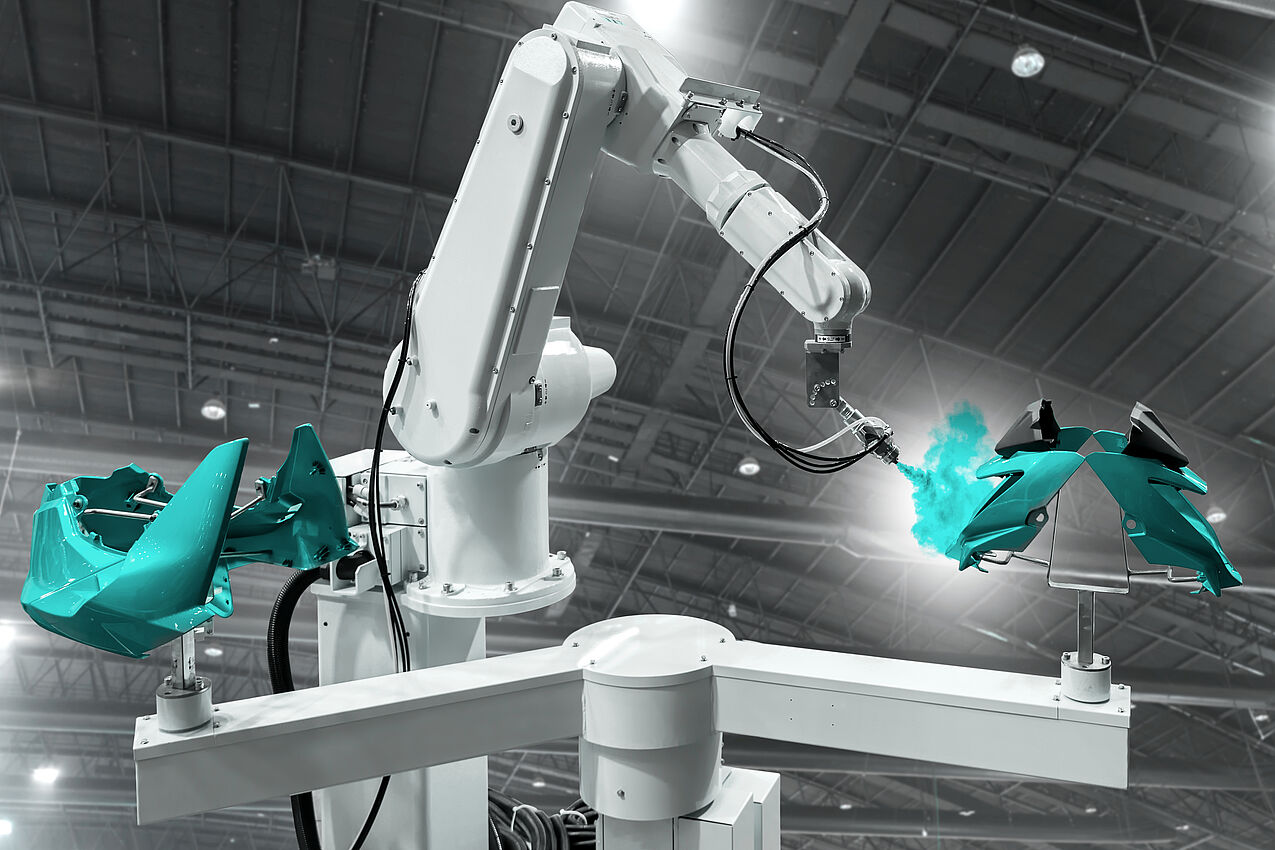S/4HANA Change Record is a tool that can be used to document changes sustainably. Why is this so important? Let's take a look at the following case: Do you also know the situation that your customer is basically satisfied with your product, but would like a small change? Only a logo should be printed on the bottom of the container or the plastic bow should be tied in red instead of blue - nothing big, therefore gladly at the same price and promptly. What happens next can involve a lot of effort, because your material master does not allow for color changes. This is possible in principle, but must be discussed with the master data team. After the product developer has agreed that this is possible. Who is currently on vacation. And where do you get the new part anyway?
It is quite understandable that a harmless loop can cause a lot of chaos and build up pressure: The existing customer is basically satisfied, but he also has to survive on the market, and that's just not possible without a red ribbon. And the competition is often just a mouse click away and offers loops in all colors.
Now, a change process in your company hopefully runs in a more structured way, perhaps you even have a tool with which you manage and document changes, or it is regulated organizationally.

HOW DO OTHER LARGE COMPANIES MANAGE CHANGE WORLDWIDE?
SAP offers the S/4 Change Record for precisely these purposes: a tool that promises to bundle changes with structure and automated processes and demonstrably map them in the system.
Structured process
Triggered by a change reason, the applicant creates a change folder with the change requests. Once he has entered all the necessary information, he can start the workflow and the change folder finds its way to the change coordinator or directly to the engineer concerned.
The engineer can now be located in the USA or in a remote province in China. Automated and decentralized agent determination helps to avoid unnecessary effort in the search for the right contact person. Depending on the objects to be changed, the next processor is determined on a context-based basis and informed of the task assigned to them via the Fiori inbox.
The approver confirms the change with their signature: In the change record, it is possible to define your own signature procedures such as with a signature and password. This ensures security and compliance.
Additional functions

The monitoring view in the app is also exciting: an overview of all ongoing and completed changes by priority and in diagram or list view. This ensures transparency and identifies potential optimizations.
With the new release, which will appear at the end of the year, the Change Record can support various forms of the change process: For example, changes can be in a "parent-child" relationship by dividing the actual process into further smaller processes that can be processed independently of each other and, most importantly, terminated at different times. The "parent" process waits for the "child" processes before it can be terminated itself. This scenario can be encountered in long-running projects. The "split" can be done by object type or by grouping the change items.
There are also changes that are processed consecutively as a "sibling" process. In this case, after the completion of a process, the subsequent process is triggered with the same information and objects.
From time to time, it can happen that several change requests are started in parallel that belong together in terms of content and topic. Related requests can then be merged into a single change folder.

Automatic or manual after all?
Whether or not to automate a change process is ultimately a fundamental decision that depends on many factors. But if change requests are frequent, it's worth considering whether tools should be used to help save time, improve transparency, and increase efficiency. The S/4HANA Change Record may well be a solid solution to this problem. In addition, if integration of production and manufacturing processes is desired, it is recommended to take a closer look at Production Engineering and Operations (PEO), the new platform integrated with S/4HANA. A brief overview can be seen at the following link:

![[Translate to English:] S/4HANA Manufacturing [Translate to English:] S/4HANA Manufacturing](/fileadmin/_processed_/d/c/csm_Automation_panthermedia_B35824529_1748x1166-1_eed5c752bf.jpg)
